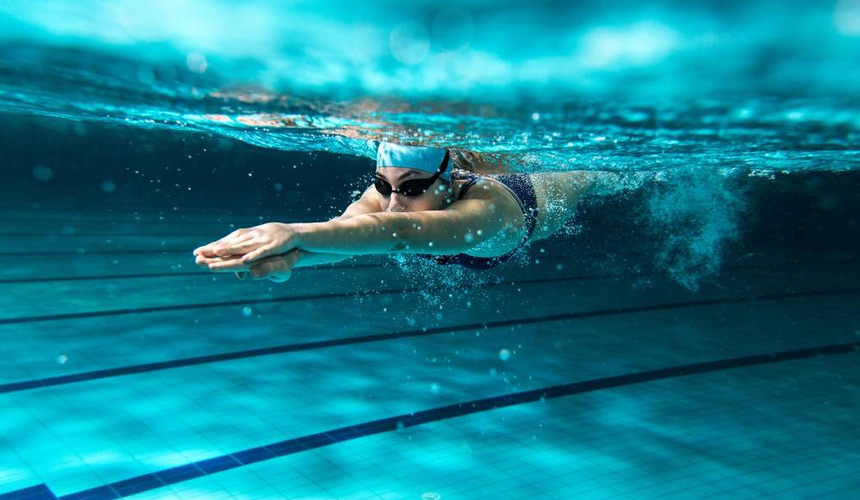Nothing beats a good old swim on a scorching hot day, especially in tropical nations such as Singapore itself. Not only is it revitalising for your mind, it is also an excellent workout for your body. Though swimming may be a low-impact sport in general, it does not guarantee an injury-free athletic journey. Depending on the type of strokes that you deploy in your swimming sessions or trainings, there are a number of injuries that can arise from it all. The most common reason as to why swimming injuries occur is due to the overuse of your muscles – excessive strain can still be placed on the joints of your body especially when you swim too much or exhibit poor form while doing so.
What are some of the tell-tale signs of my swimming injuries?
- Shoulder Pain (Swimmer’s Shoulder)
This is the most common injury among frequent and competitive swimmers, and it is caused by the repetitive motion and overuse of the shoulders – not by a specific incident, but rather by repeated trauma. If serious enough, this may lead to other injuries such as rotator cuff impingement, tears or even cartilage damage.
- Knee Pain
This is commonly found in swimmers specialising in the breaststroke. This unique swimming method of how each knee bends, turns and kicks out in each stroke can cause swimmers to experience pain, inflammation and even serious damage to the knees’ cartilage and ligaments.
- Lower Back Pain
Various swimming strokes may increase pressure on the lower back and in particular the dolphin kick used by many swimmers during starts and turns can irritate and inflame the spine near the pelvis. The pain may also be caused by jerking the upper spine backward repeatedly during frontal strokes while taking breaths when swimming. If serious enough, it may lead to spondylosis – which are degenerative changes in the spine such as bone spurs and degenerating intervertebral discs between the vertebrae.
How can I benefit from Chiropractic care?
Prevention is cure – the most important thing you can do is to avoid putting excessive strain on your body. Swimming tends to put our bodies under biological stresses that people outside of water rarely undergo. On top of that, try your best to stay fit, strong and flexible during off-seasons as another preventive measure. If you do start experiencing any forms of pain during a swimming regime that just simply does not go away even after lots of rest, chiropractic treatments can do the trick for you.
A biomechanical assessment can be done to determine problematic areas throughout your body that may lead to potential injuries. As long as you ‘listen’ to your body and receive adequate treatment when pain starts to develop, you will be able to prevent serious injuries from occurring while boosting your overall performance as well, that will allow you to remain in the water longer without pain. Speak to our chiropractors today to inquire about the chiropractic adjustments and treatments that is most ideal for your athletic lifestyle and embark on your chiropractic journey.



